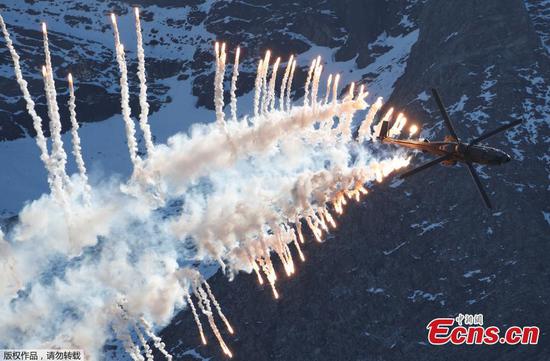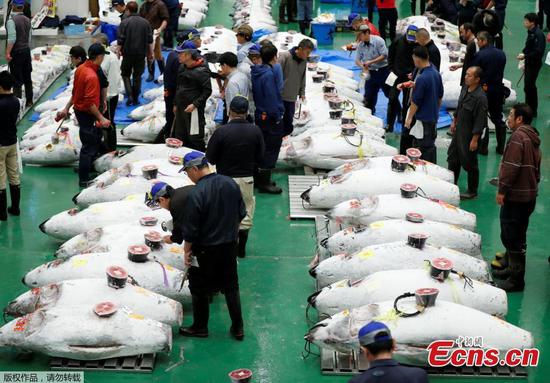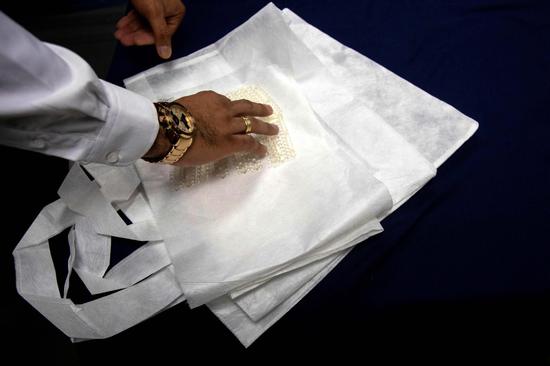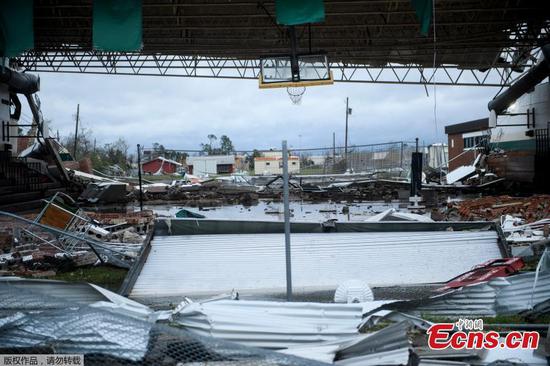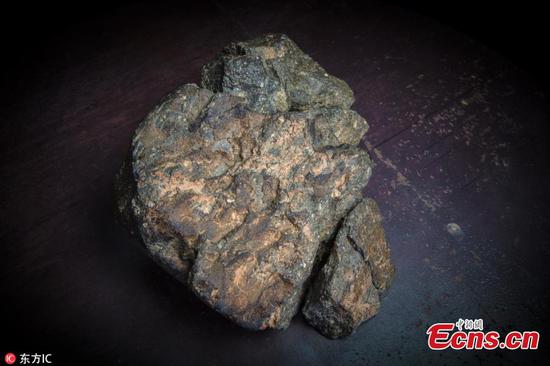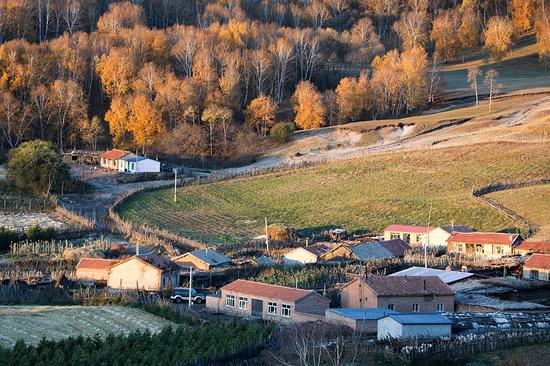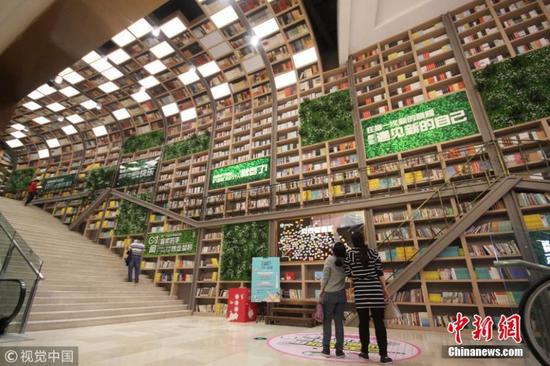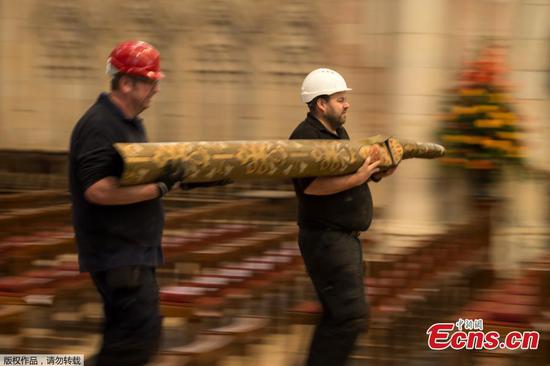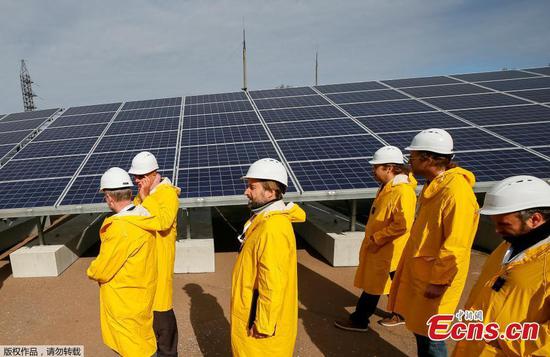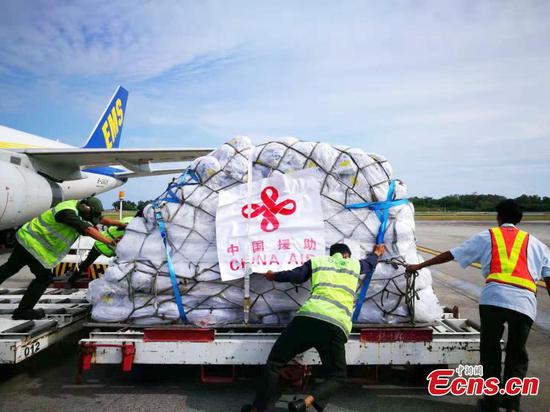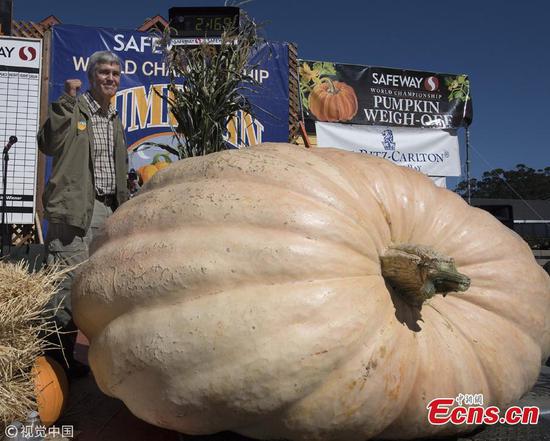Beijing witnessed a year-on-year decline in the density of hazardous PM 2.5 in the first nine months the year, local authorities said Thursday. The city's average PM 2.5 density dropped to 50 micrograms per cubic meter in the first three quarters, down 16.7 percent compared with the same period last year, according to the Beijing Municipal Environmental Protection Bureau.
There were only eight heavily polluted days in the first three quarters, down by more than 50 percent year-on-year.
According to the bureau, average PM 2.5 density was within 35 micrograms per cubic meter for January, August and September, the best ever monitored.
Meanwhile, average density of sulfur dioxide, nitrogen dioxide and PM 10 in the first nine months stood at 6 micrograms, 38 micrograms and 77 micrograms per cubic meter, respectively, down by 33.3 percent, 15.6 percent and 14.4 percent.
Beijing has been making efforts to curb air pollution, including tightening supervision on car emissions, encouraging new energy vehicles and shutting down polluting companies.









